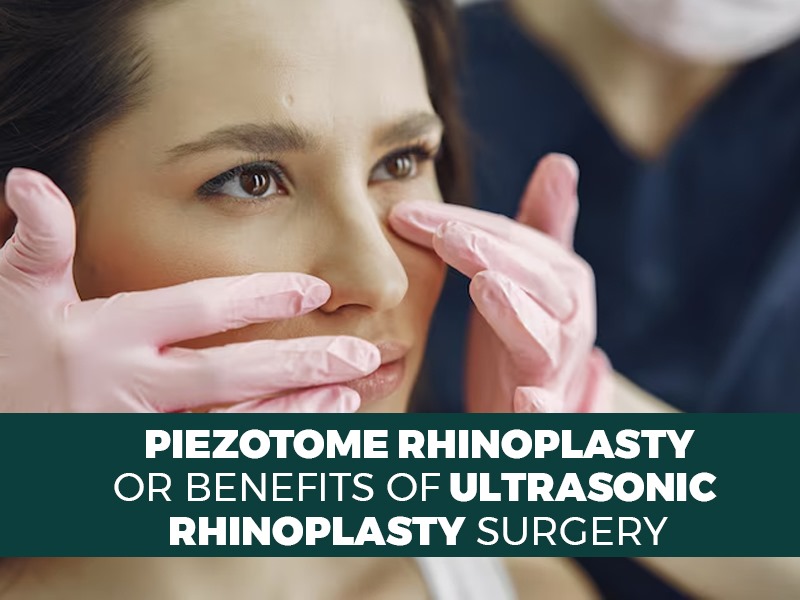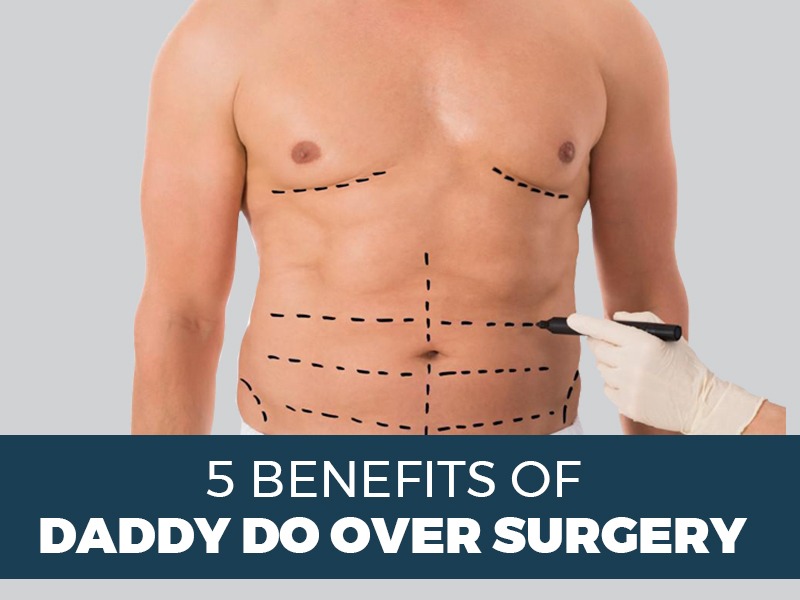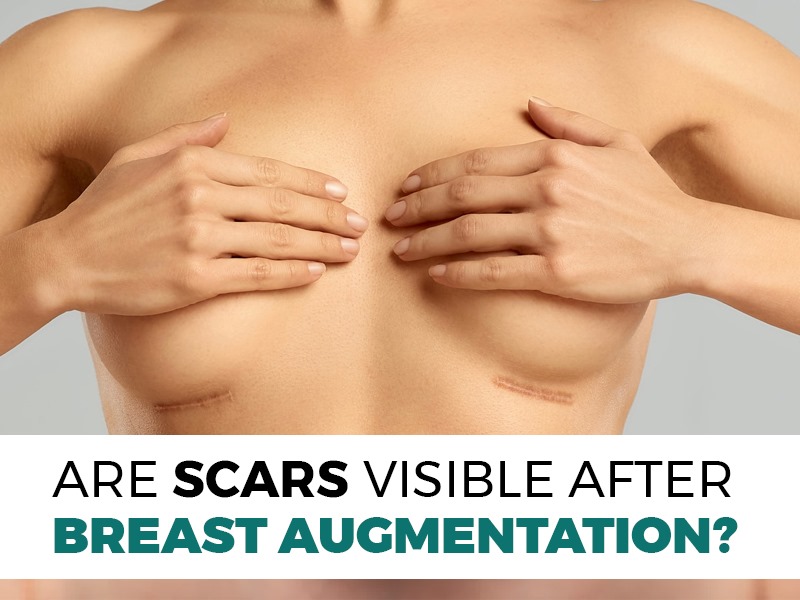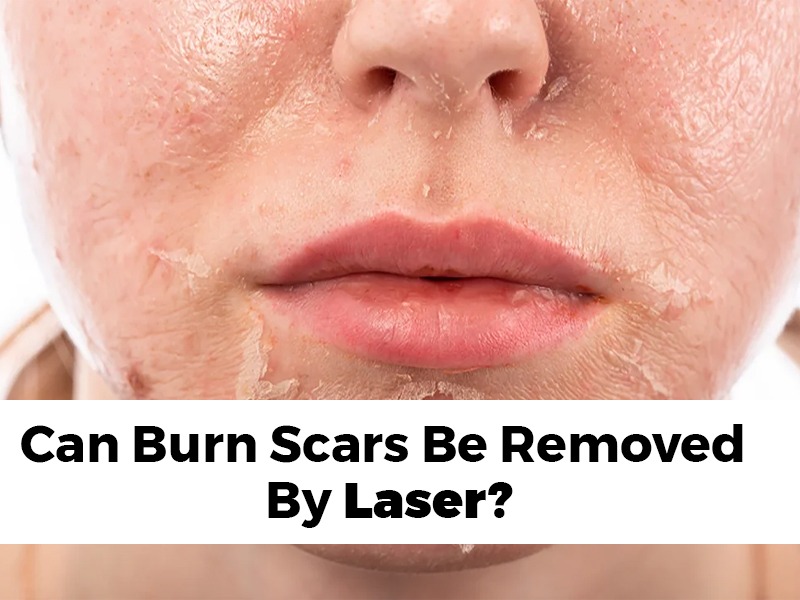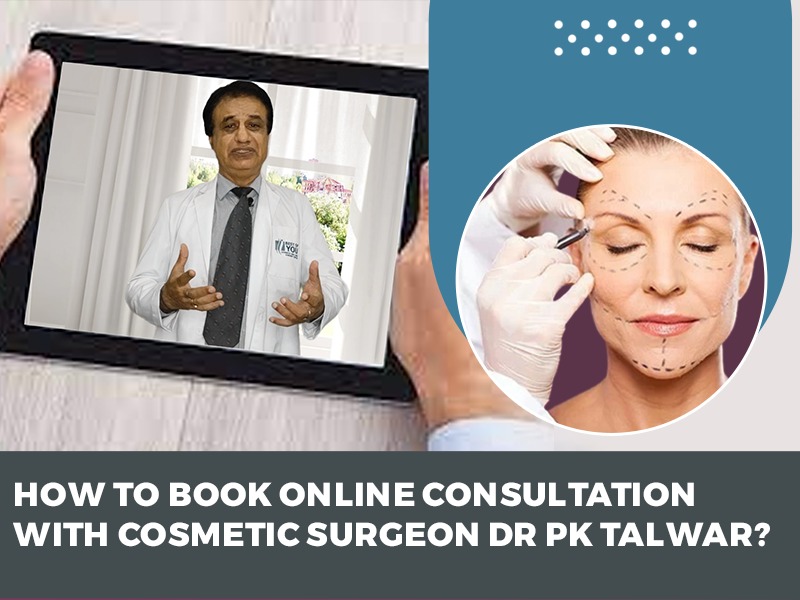Piezotome Rhinoplasty or Benefits of Ultrasonic Rhinoplasty Surgery
Rhinoplasty, also called a “nose job,” is a surgical procedure used to change the nose’s size, shape, or functionality. Over time, conventional rhinoplasty methods have changed, and the development of ultrasonic technology has completely transformed the field. Specifically, ultrasonic rhinoplasty in the form of piezotome rhinoplasty in Delhi has many advantages over traditional techniques. This blog seeks to explore the nuances of ultrasonic rhinoplasty surgery, highlighting its benefits and explaining why it has grown to be a popular choice among patients and surgeons. Understanding Ultrasonic Rhinoplasty: With ultrasonic rhinoplasty in Delhi, nasal structures are precisely sculpted and reshaped using specialized instruments like a piezotome, which produces ultrasonic vibrations. Ultrasonic rhinoplasty offers greater precision and control than traditional techniques, which rely on manual instruments or even surgical chisels. This reduces the risk of trauma to surrounding tissues and results in more predictable outcomes. The primary benefit of ultrasonic technology is its capacity to target bone and cartilage specifically while causing the least amount of damage to surrounding tissues. Surgeons can now sculpt and reshape the nose with never-before-seen accuracy thanks to the piezotome’s precisely set ultrasonic vibrations that break down nasal structures. This accuracy is especially important for complex operations where small changes can have a big effect on the result. Benefits of Ultrasonic Rhinoplasty: Unmatched Control and Precision: One of the main benefits of ultrasonic rhinoplasty is its exceptional control and precision. Surgeons can achieve both functional and aesthetic goals by precisely shaping nasal bones and cartilage with the help of ultrasonic vibrations. When making delicate adjustments in complex cases, this precision is especially helpful. Maintaining Tissue Honesty: Ultrasonic rhinoplasty is less traumatic to the surrounding structures than traditional rhinoplasty techniques, which may involve excessive cutting. The piezotome’s concentrated energy primarily targets bone and cartilage, causing the least amount of harm to mucosa and other soft tissues. Patients recover more quickly as a result of having less bruising, swelling, and discomfort following surgery. Precision and Control: The unmatched precision and control of ultrasonic rhinoplasty is one of its main benefits. Surgeons can precisely sculpt nasal bones and cartilage with the help of ultrasonic vibrations, producing both functional and aesthetically pleasing results. This accuracy is especially useful in complicated situations where fine adjustments are needed. Maintaining the Integrity of Tissue: Ultrasonic rhinoplasty is kinder to the surrounding structures than traditional rhinoplasty techniques, which might involve excessive cutting or trauma to the nasal tissues. Minimizing damage to soft tissues like skin and mucosa, the piezotome’s focused energy specifically targets bone and cartilage. Consequently, patients have less bruising, swelling, and discomfort following surgery, which speeds up their recuperation. Enhanced Patient Satisfaction: Ultrasonic rhinoplasty frequently yields higher levels of patient satisfaction because of its accuracy, minimal invasiveness, and positive outcomes. Overall, the surgical experience is positive as patients report feeling more confident in their appearance and experiencing fewer physical discomforts during the recovery period. Conclusion: An important development in nasal surgery is ultrasonic rhinoplasty, especially in the form of piezotome rhinoplasty. This approach offers many advantages over traditional techniques, such as improved precision, tissue preservation, safety, and patient satisfaction, by fusing state-of-the-art technology with surgical expertise. Ultrasonic techniques are expected to become more common as rhinoplasty develops, further improving results and increasing treatment options for those looking to improve or correct their noses. You should consult the best plastic surgeon in Delhi before any surgery.
Piezotome Rhinoplasty or Benefits of Ultrasonic Rhinoplasty Surgery Read More »

